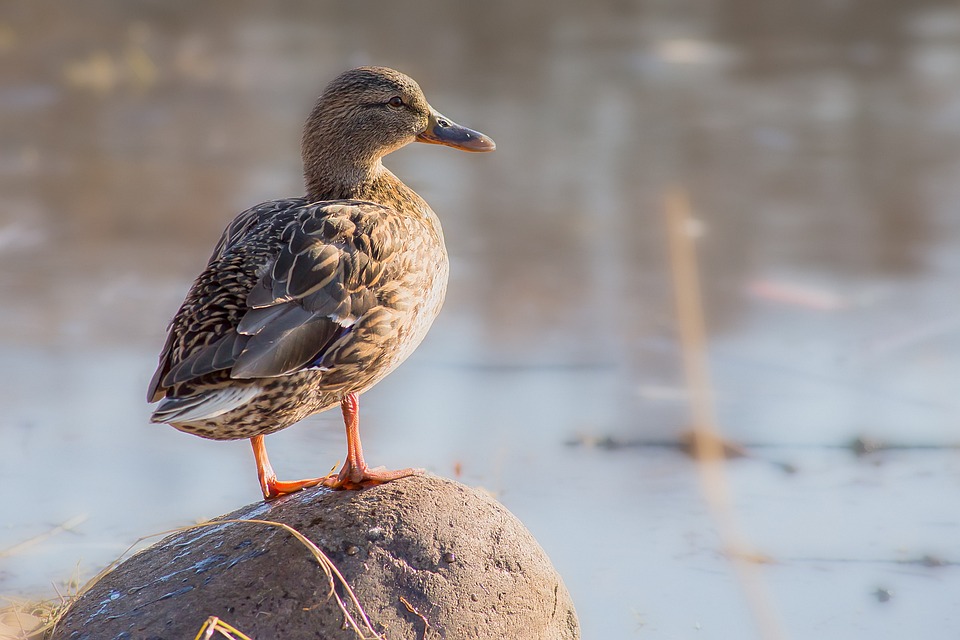The Importance of Fish Quarantine: A Complete Guide
Introduction:
Fish quarantine is a crucial aspect of maintaining a healthy aquarium and ensuring the well-being of your fish. It plays a significant role in preventing the introduction and spread of diseases, as well as providing new fish with a safe and stress-free environment to acclimate. In this complete guide, we will explore the importance of fish quarantine and provide a comprehensive overview of the necessary procedures.
1. Why is Fish Quarantine Important?
a. Preventing the introduction of diseases: When introducing new fish to an aquarium, there is a risk of introducing diseases that can harm the existing fish population. Quarantine allows for the observation and treatment of any potential health issues before introducing them to a community tank, preventing the spread of diseases.
b. Identifying and treating existing diseases: Quarantine provides an opportunity to closely monitor new fish for signs of diseases, parasites, or behavioral abnormalities. By isolating them, any potential health issues can be identified and treated without risking the health of the entire aquarium.
c. Reducing stress and acclimation time: New fish often experience stress when transitioning to a new environment. Quarantine tanks provide a period for adjustment, allowing them to acclimate to new water parameters and reducing stress. This significantly increases their chances of survival and integration into the main tank.
2. Setting Up a Quarantine Tank:
a. Selecting an appropriate tank: The size of the quarantine tank should be suitable for the fish being quarantined. A larger tank is generally recommended to provide ample swimming space. It is also essential to have an appropriate filtration system and lighting to maintain optimal water quality.
b. Choosing suitable substrate and decorations: Simplicity is key when it comes to quarantine tanks. Using a bare-bottom or easily cleanable substrate is advisable for ease of maintenance. Decorations should be minimal to prevent any hiding places for potential parasites or pathogens.
c. Providing optimal water conditions: Water parameters in a quarantine tank should match those of the main tank. This includes temperature, pH, ammonia, nitrite, and nitrate levels. Regular water testing and maintenance are crucial to ensure a healthy environment for the quarantined fish.
3. Quarantine Procedures:
a. Introducing new fish to quarantine: When introducing new fish to the quarantine tank, it is essential to acclimate them slowly to avoid stress and potential shock. This can be achieved by gradually adding small amounts of water from the quarantine tank to the bag containing the new fish.
b. Observation and health assessment: During the quarantine period, it is vital to monitor the new fish for any signs of diseases, parasites, or abnormal behavior. Regular visual inspections, as well as water parameter testing, can help identify any potential health issues.
c. Treating and medicating: If diseases or parasites are detected during the quarantine period, appropriate treatment methods should be administered. This may include the use of medications, salt baths, or other remedies recommended by a veterinarian or experienced fishkeeper.
d. Duration of quarantine: The recommended duration of quarantine varies depending on the species and health condition of the fish. In general, a quarantine period of 2-4 weeks is advisable to ensure any potential health issues are addressed before introducing the fish to the main tank.
4. Frequently Asked Questions (FAQs):
– Q1. How long should I quarantine my fish?
The duration of quarantine can vary, but a general guideline is 2-4 weeks.
– Q2. Can I skip quarantine if the fish appear healthy?
Even if fish appear healthy, they may still carry diseases or parasites. It is always best to quarantine them to ensure the health of the entire aquarium.
– Q3. Can I use the same equipment for both the main tank and quarantine tank?
It is recommended to have separate equipment for the quarantine tank to prevent cross-contamination.
– Q4. Should I feed the quarantined fish differently?
It is advisable to feed quarantined fish a varied diet, including high-quality foods to boost their immune system.
– Q5. Can I add more fish directly to the main tank after quarantine?
After the quarantine period, new fish can be added to the main tank, but proper acclimation procedures should still be followed.
– Q6. What do I do if I detect diseases during quarantine?
If diseases are detected, appropriate treatment methods should be administered. Consulting a veterinarian or experienced fishkeeper for guidance is recommended.
Conclusion:
Fish quarantine is of utmost importance in maintaining a healthy aquarium. By preventing the introduction and spread of diseases, quarantining new fish ensures the long-term well-being of both new and existing fish. It provides an opportunity to identify and treat any potential health issues, reducing the risk of infecting the entire aquarium. By prioritizing fish quarantine, fishkeepers can safeguard their entire aquarium or fish collection, creating a thriving and disease-free environment.









